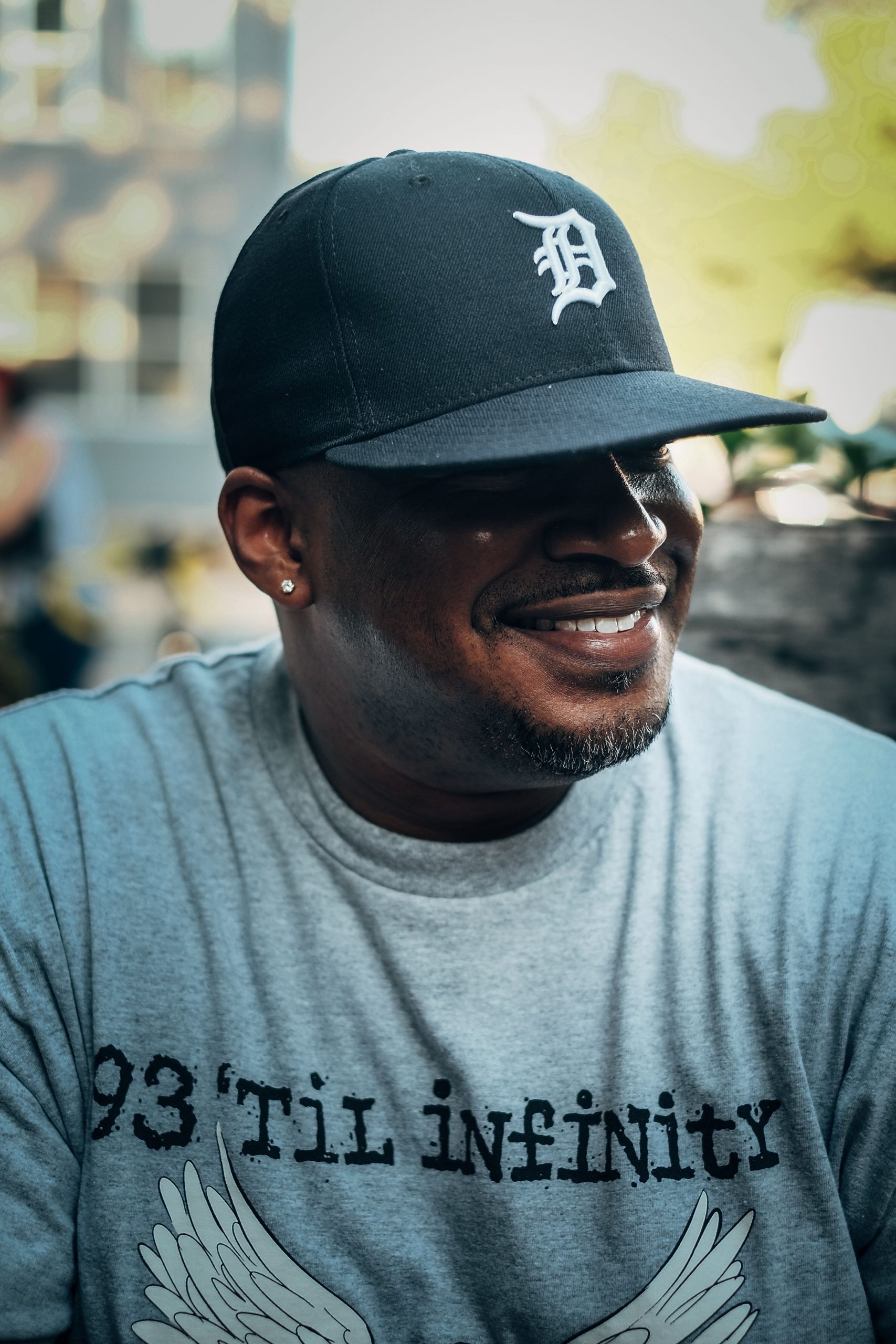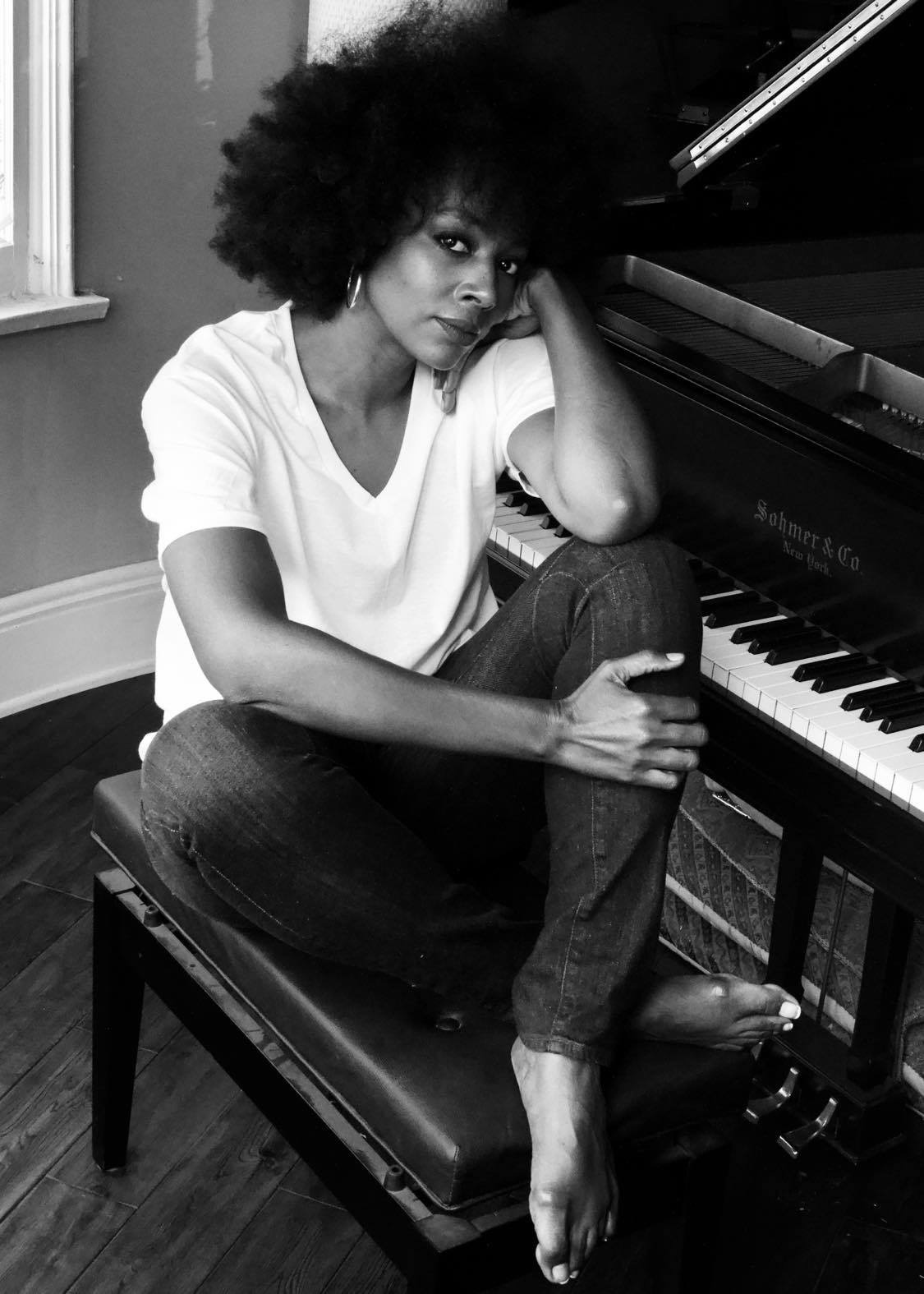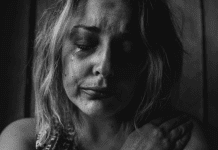June is African American Music Appreciation Month! On June 7, 1979, former President Jimmy Carter created what was formerly called National Black Music Month as a celebration of the African American musical influences and contributions that are an essential piece to the United States’ cultural heritage. By presidential proclamation, the month of June is the designated celebration each year.
 This year, DMC is taking a look back at the protest music by Black artists through the decades who have used music to speak out about the injustices, mainly racial injustices, in America. There is a really cool website that provides exercises to learn more in depth about the history of Black protest songs. This is definitely not appropriate in its entirety for most young children, but you may be able to find a lot of engaging ways to learn more yourself and share what you’d like with your kids.
This year, DMC is taking a look back at the protest music by Black artists through the decades who have used music to speak out about the injustices, mainly racial injustices, in America. There is a really cool website that provides exercises to learn more in depth about the history of Black protest songs. This is definitely not appropriate in its entirety for most young children, but you may be able to find a lot of engaging ways to learn more yourself and share what you’d like with your kids.
It is important to note that Black Americans were not able to protest with impunity, so they turned to stories and songs to sublimate their anger and have their voices heard.
Here is just a sampling of how Black music has helped shape history in this nation surrounding important issues in our society –
- Walk with Me, Lord by Fannie Lou Hamer, 1963
- A Change is Gonna Come by Sam Cooke, 1964
- Say it Loud – I’m Black and I’m Proud by James Brown, 1968
- Why? (The King of Love is Dead) by Nina Simone, 1968
- Inner City Blues (Make Me Wanna Holla) by Marvin Gaye, 1971
- The Revolution will not be Televised by Gil Scott-Heron, 1971
- Lift Every Voice and Sing by Jimmy McGriff & Hank Crawford, 1987
- Straight Outta Compton by N.W.A., 1988
- Fight the Power by Public Enemy, 1989
- Greatest Weapon of All Time by Lorenzo (Zo!) Ferguson featuring Sy Smith, 2010
- Black Rage by Lauryn Hill, 2014
- Hands Up by Daye Jack, 2015
- Freedom by Beyonce featuring Kendrick Lamar, 2016
- Spiritual by Jay-Z, 2016
- We the People…. by A Tribe Called Quest, 2016
- We Were Never Free by Sy Smith, 2018
With the pandemic this year, so many artists, especially indie artists, are struggling. Help support as many of them as you can by listening to their music, getting tickets to their virtual concerts, buying their albums, or purchasing their merch. Even the smallest showing of support means so much to these musicians. I’d like to personally give a shout out to two of our favorite Black indie artists, Sy Smith and Lorenzo (Zo!) Ferguson.


They both care so deeply about each and every one of their fans, and they find ways to get to Southwest Ohio and give us some of the most amazing performances ever (just not right now during COVID!). When it is finally safe for them to tour again, I hope you’ll grab your SO and join us for incredible date nights when they get back to the area.
History of Black Music in Dayton
The Gem City is known as “The Land of Funk”. In the 1970s, funk became a popular trend in Black American music. Funk is a blend of rock, jazz, and rhythm and blues. Dayton earned its title by being the epicenter of funk in the 70s and 80s. A disproportionate number of funk bands came from our city –
- Ohio Players
- Slave
- Lakeside
- Roger and Zapp
- Sun
- Faze-O
- Platypus
- Dayton
- Shadow
- Junie
- Heatwave
- (And so many others that didn’t record on major labels)
At the edge of downtown Dayton in the Fire Block District, the Funk Music Hall of Fame and Exhibition Center was founded by David Webb. There is so much history even on their website. The Dayton Daily News has an extensive history of Black Americans in Dayton all the way back to 1798, and there is a lot of reference to Black music history in the article as well.
In 1872, Paul Lawrence Dunbar was born. He was the first Black graduate from any Dayton high school and was part of the class of 1891. Before he gained fame from the more than 600 poems he went on to write, he wrote the class song at Central High School. In 1912, Herbert Mills, from the Mills Brothers Quartet, was born in Piqua. Billy “Sweet Pea” Strayhorn, jazz pianist and composer, was born at Miami Valley Hospital in 1915 and went on to join Duke Ellington’s band. Another jazz musician that went on to play with Ellington was born in the Gem City as well in 1919, Mitchell “Booty” Wood. C.J. McLin was a leading voice for Black Americans after the West Dayton riots in 1966. The Ohio Players were formed in 1968.












